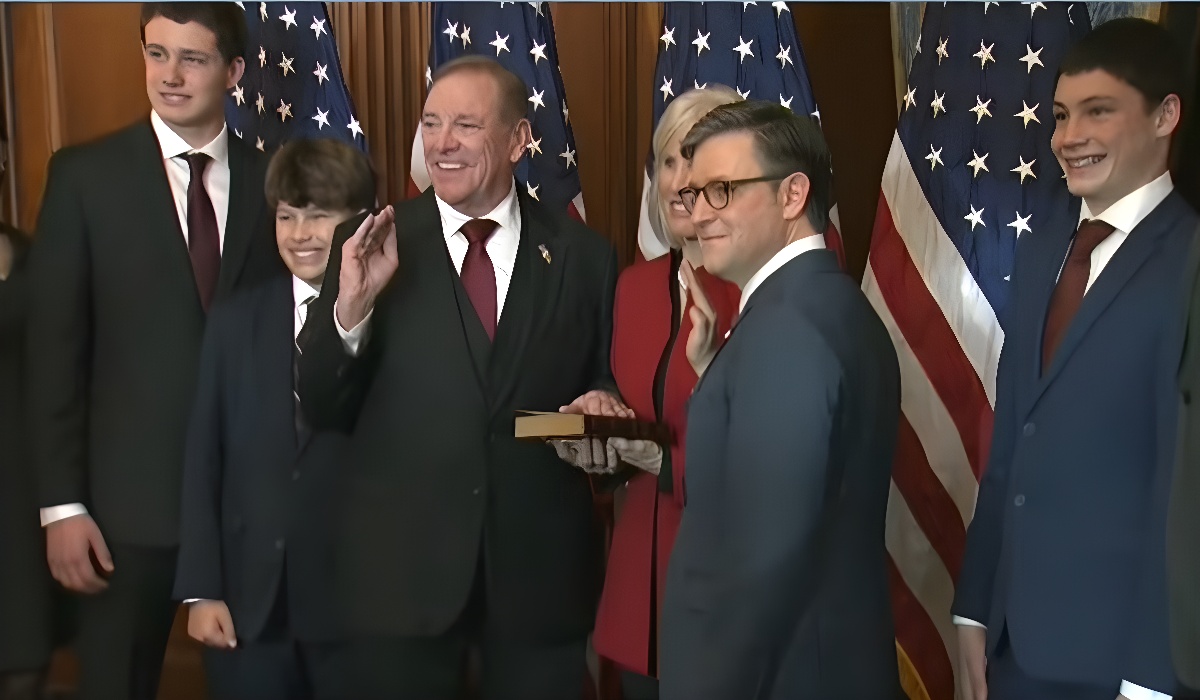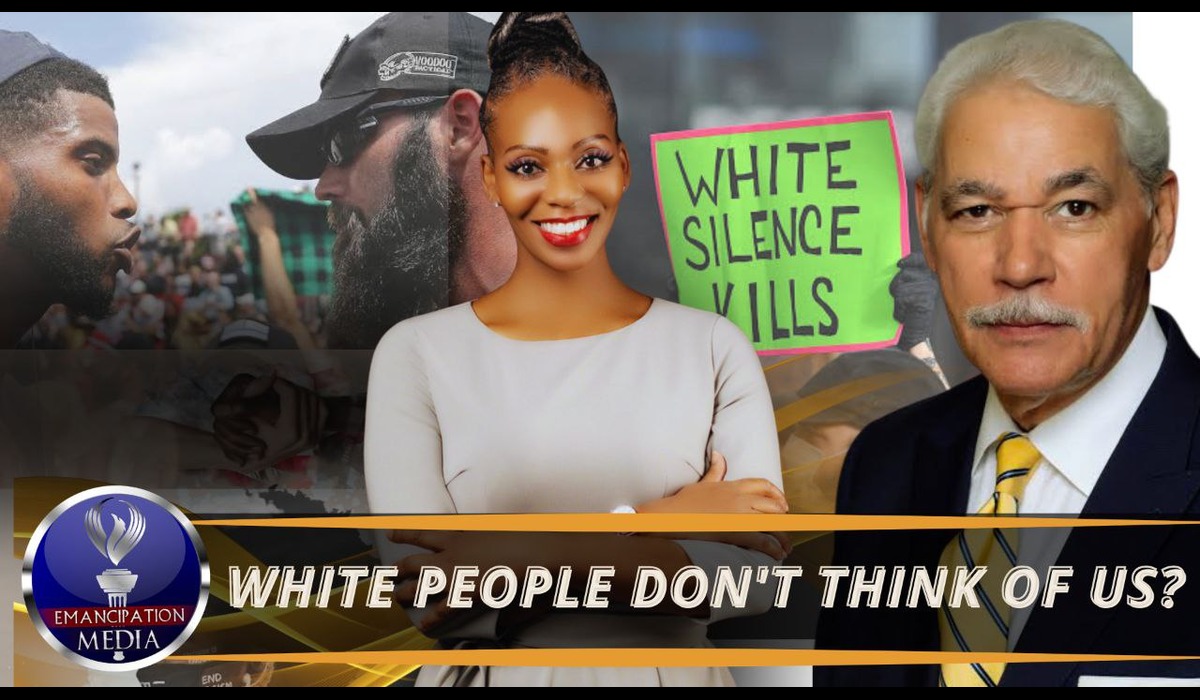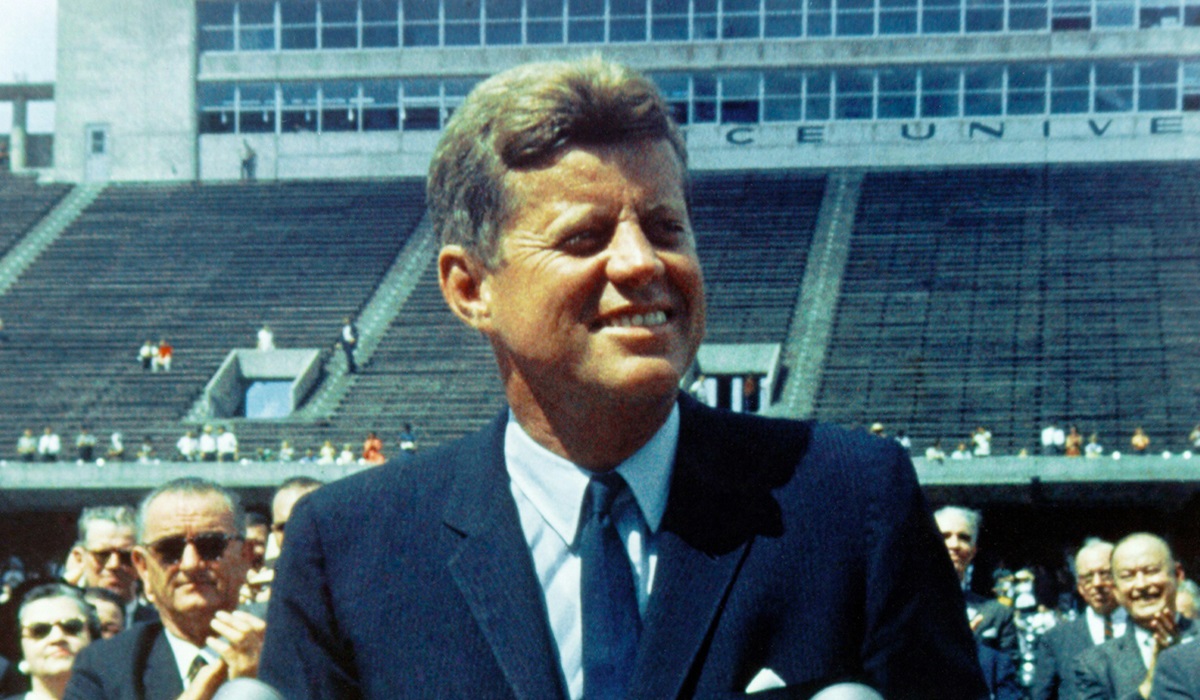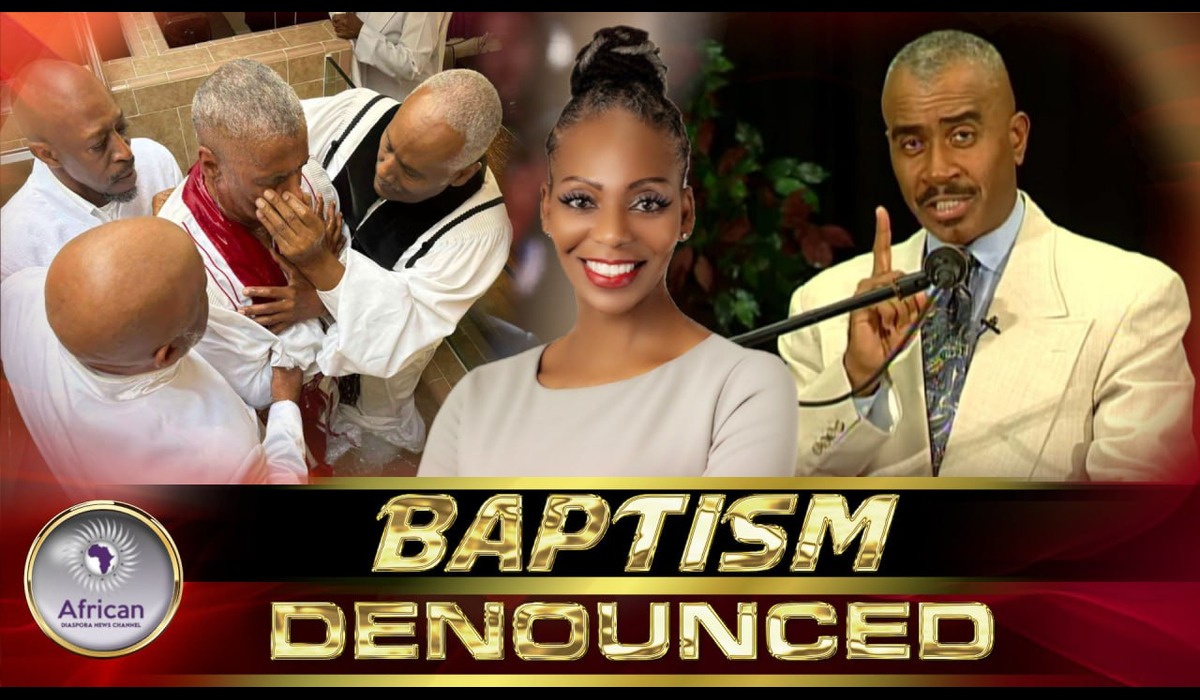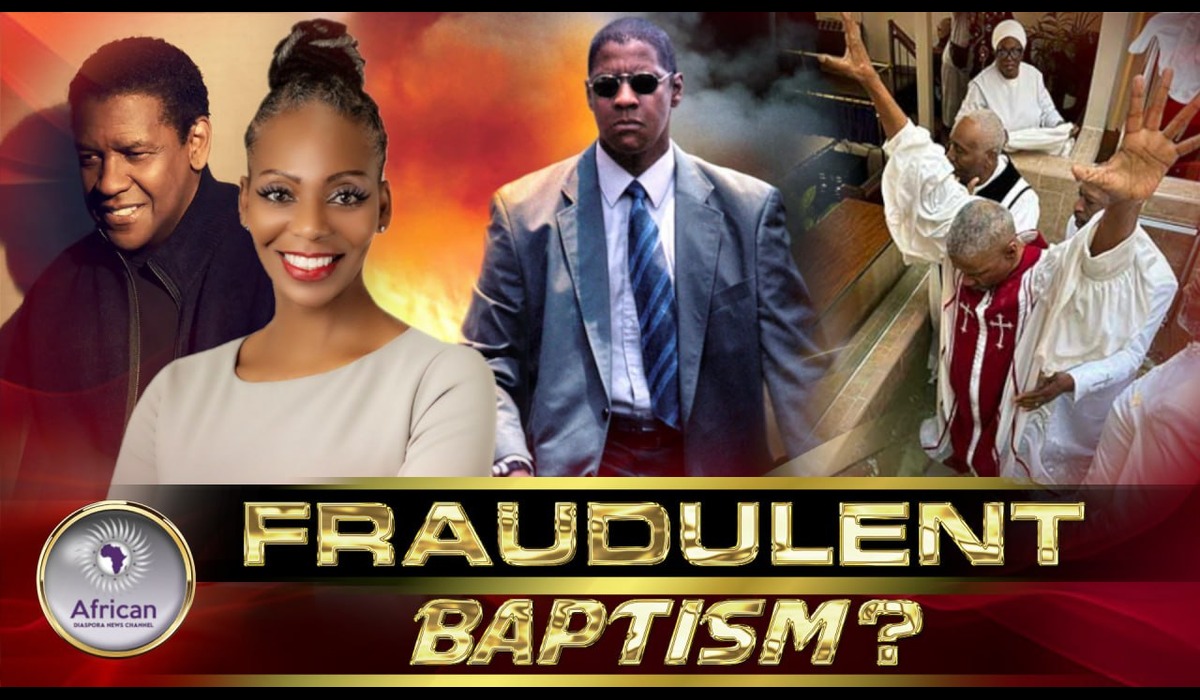Preemtive Distrust: How America’s Patchwork Voting System Fails “Democracy”
- Kingston Bailey
- U.S.A
- October 30, 2024

Image Credit, Kp Yamu Jayanath
In the United States, the voting process is a convoluted patchwork, a maze of rules and restrictions that differ vastly from state to state and, sometimes, city to city. Unlike other countries, such as Canada, where election laws are streamlined and applied uniformly by an independent, nonpartisan government agency, the U.S. system operates with a chaotic lack of uniformity. Each jurisdiction effectively plays by its own set of rules, creating a fragmented electoral process that many would argue serves partisan agendas rather than the democratic ideal of fair and equal access.
Instead of a single, cohesive set of laws, U.S. elections are governed by a hodgepodge of requirements. Some states demand specific forms of photo identification; others do not. Certain areas enforce strict residency proof, while others allow more flexibility. And then there’s the issue of voter registration deadlines, which vary widely, causing even more confusion for those attempting to participate in a process that’s supposed to be the foundation of democracy. There’s no nationwide standard—no universal agreement on ID requirements, polling locations, or even on basic issues like whether people can bring water while they wait in line. For a nation that promotes itself as a beacon of democracy, the lack of uniform voting standards feels jarringly out of place.
At the heart of this chaotic structure is a long-standing reluctance by certain officials and parties to make voting straightforward and accessible for everyone. The sad truth is, streamlining voting regulations across the country would make it easier for everyone to vote, but that doesn’t serve the interests of those who benefit from the chaos. The current disjointed system allows for gerrymandering and selective disenfranchisement, and it often works to the advantage of incumbents or those in power. Minority communities and other marginalized groups, who already face social and economic barriers, are frequently the ones who bear the brunt of these policies, as the differing rules and requirements make it far harder for them to vote consistently.
When voting day arrives, the usual reports surface: news of long wait times, closed polling locations, outdated machines, and voter intimidation tactics. And before the votes are even counted, accusations of election fraud are already circulating, with parties preparing to challenge results at every step. Legal teams are assembled, narratives are crafted, and media outlets brace for the wave of accusations that seems as predictable as the election itself. This cycle of preemptive distrust is further fueled by a system that allows these issues to thrive—keeping people skeptical and the process tangled. The result is a deeply flawed system that hardly resembles the democratic ideal.
To make the U.S. electoral process accessible and uniform, there would need to be a single, federal standard for voting. This idea, however, seems destined to remain a pipe dream as long as there are people in power who benefit from keeping the system convoluted and contentious. It’s clear that an accessible, organized voting process is not the goal here. The goal, as it stands, is to maintain the chaos—a chaos that conveniently allows those in power to shape election outcomes in their favor. And while one might assume that a democracy would prioritize smooth elections, the U.S. system shows otherwise.

